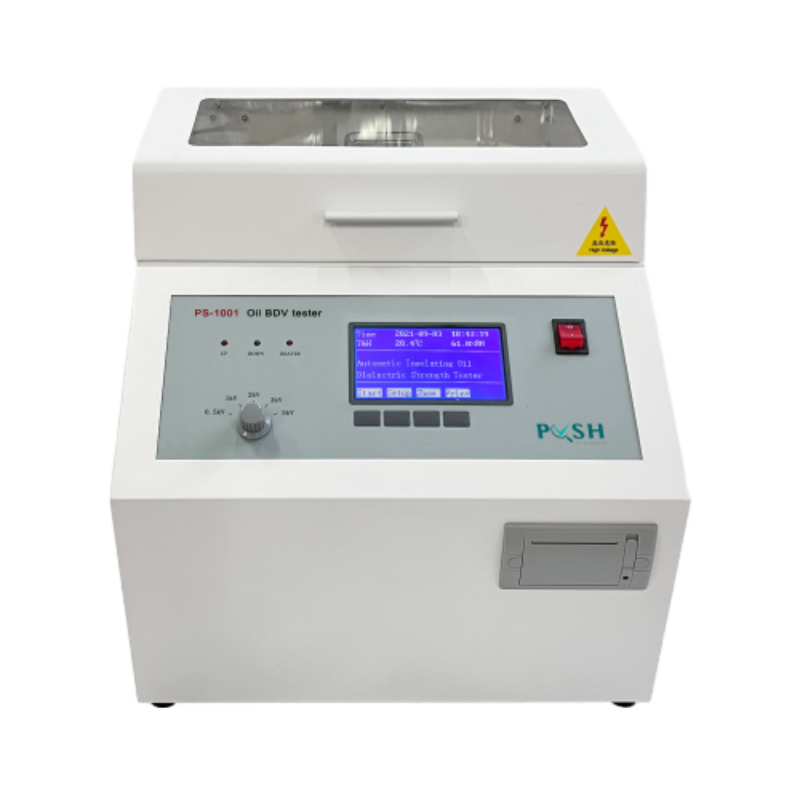TEL:
+86-0312-3189593
 English
English

Telephone:0312-3189593

Email:sales@oil-tester.com

-
 Afrikaans
Afrikaans -
 Albanian
Albanian -
 Amharic
Amharic -
 Arabic
Arabic -
 Armenian
Armenian -
 Azerbaijani
Azerbaijani -
 Basque
Basque -
 Belarusian
Belarusian -
 Bengali
Bengali -
 Bosnian
Bosnian -
 Bulgarian
Bulgarian -
 Catalan
Catalan -
 Cebuano
Cebuano -
 China
China -
 China (Taiwan)
China (Taiwan) -
 Corsican
Corsican -
 Croatian
Croatian -
 Czech
Czech -
 Danish
Danish -
 Dutch
Dutch -
 English
English -
 Esperanto
Esperanto -
 Estonian
Estonian -
 Finnish
Finnish -
 French
French -
 Frisian
Frisian -
 Galician
Galician -
 Georgian
Georgian -
 German
German -
 Greek
Greek -
 Gujarati
Gujarati -
 Haitian Creole
Haitian Creole -
 hausa
hausa -
 hawaiian
hawaiian -
 Hebrew
Hebrew -
 Hindi
Hindi -
 Miao
Miao -
 Hungarian
Hungarian -
 Icelandic
Icelandic -
 igbo
igbo -
 Indonesian
Indonesian -
 irish
irish -
 Italian
Italian -
 Japanese
Japanese -
 Javanese
Javanese -
 Kannada
Kannada -
 kazakh
kazakh -
 Khmer
Khmer -
 Rwandese
Rwandese -
 Korean
Korean -
 Kurdish
Kurdish -
 Kyrgyz
Kyrgyz -
 Lao
Lao -
 Latin
Latin -
 Latvian
Latvian -
 Lithuanian
Lithuanian -
 Luxembourgish
Luxembourgish -
 Macedonian
Macedonian -
 Malgashi
Malgashi -
 Malay
Malay -
 Malayalam
Malayalam -
 Maltese
Maltese -
 Maori
Maori -
 Marathi
Marathi -
 Mongolian
Mongolian -
 Myanmar
Myanmar -
 Nepali
Nepali -
 Norwegian
Norwegian -
 Norwegian
Norwegian -
 Occitan
Occitan -
 Pashto
Pashto -
 Persian
Persian -
 Polish
Polish -
 Portuguese
Portuguese -
 Punjabi
Punjabi -
 Romanian
Romanian -
 Russian
Russian -
 Samoan
Samoan -
 Scottish Gaelic
Scottish Gaelic -
 Serbian
Serbian -
 Sesotho
Sesotho -
 Shona
Shona -
 Sindhi
Sindhi -
 Sinhala
Sinhala -
 Slovak
Slovak -
 Slovenian
Slovenian -
 Somali
Somali -
 Spanish
Spanish -
 Sundanese
Sundanese -
 Swahili
Swahili -
 Swedish
Swedish -
 Tagalog
Tagalog -
 Tajik
Tajik -
 Tamil
Tamil -
 Tatar
Tatar -
 Telugu
Telugu -
 Thai
Thai -
 Turkish
Turkish -
 Turkmen
Turkmen -
 Ukrainian
Ukrainian -
 Urdu
Urdu -
 Uighur
Uighur -
 Uzbek
Uzbek -
 Vietnamese
Vietnamese -
 Welsh
Welsh -
 Bantu
Bantu -
 Yiddish
Yiddish -
 Yoruba
Yoruba -
 Zulu
Zulu
ਫਰ. . 14, 2025 06:00
Back to list
oil dielectric strength test
Measuring the dielectric strength of transformer oil is a critical task in assessing the health and efficiency of transformers, vital components in power distribution systems. This procedure is essential for ongoing maintenance and prevention of electrical failures that can have significant financial and operational repercussions. Drawing from years of expertise in electrical engineering and transformer maintenance, here we explore this topic with depth and clarity, emphasizing the importance of using certified equipment and adhering to industry standards for accurate results.
Employing trusted methods, consistent testing intervals, and well-maintained equipment builds authoritative knowledge that forms the backbone of transformer maintenance programs. Companies invested in regular maintenance see heightened operational reliability and fewer unexpected outages, safeguarding their bottom line. As the dielectric strength test can prevent costly downtime, its significance in prolonging transformer life cannot be overstated. Furthermore, sustainable management of transformer oil through diligent monitoring enhances environmental efforts by minimizing the risk of oil leakage and electrical failure. Organizations instilled with a culture of preventative maintenance contribute positively to their environmental commitments, aligning with increasing regulatory pressures and societal expectations. In conclusion, to truly maximize the lifespan and efficiency of transformers, attention to detail in measuring dielectric strength is necessary. Relying on expertise, authoritative procedures, and trustworthy equipment, professionals can detect signs of degradation early, implement preemptive actions, and sustain electrical stability in power systems. This rigorous approach to dielectric strength testing is the cornerstone of a robust electrical maintenance strategy. Looking beyond just numbers, it signifies a commitment to quality, safety, and environmental stewardship, reflecting the professionalism and integrity of the organizations practicing it.


Employing trusted methods, consistent testing intervals, and well-maintained equipment builds authoritative knowledge that forms the backbone of transformer maintenance programs. Companies invested in regular maintenance see heightened operational reliability and fewer unexpected outages, safeguarding their bottom line. As the dielectric strength test can prevent costly downtime, its significance in prolonging transformer life cannot be overstated. Furthermore, sustainable management of transformer oil through diligent monitoring enhances environmental efforts by minimizing the risk of oil leakage and electrical failure. Organizations instilled with a culture of preventative maintenance contribute positively to their environmental commitments, aligning with increasing regulatory pressures and societal expectations. In conclusion, to truly maximize the lifespan and efficiency of transformers, attention to detail in measuring dielectric strength is necessary. Relying on expertise, authoritative procedures, and trustworthy equipment, professionals can detect signs of degradation early, implement preemptive actions, and sustain electrical stability in power systems. This rigorous approach to dielectric strength testing is the cornerstone of a robust electrical maintenance strategy. Looking beyond just numbers, it signifies a commitment to quality, safety, and environmental stewardship, reflecting the professionalism and integrity of the organizations practicing it.
Previous:
Latest news
-
Testing Equipment Industry Sees Major Advancements in 2025: Smart & Precision Technologies Lead the WayNewsJun.06,2025
-
Applications of Direct Current Generators in Renewable Energy SystemsNewsJun.05,2025
-
Hipot Tester Calibration and Accuracy GuidelinesNewsJun.05,2025
-
Digital Circuit Breaker Analyzer Features and BenefitsNewsJun.05,2025
-
Benefits of Real-Time Power Quality Monitoring Devices for Industrial EfficiencyNewsJun.05,2025
-
Earth Fault Loop Testing in High-Rise Building Electrical SystemsNewsJun.05,2025



